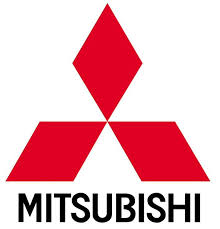Raider 2WD V6-3.7L (2008)

Alignment: Description and Operation
WHEEL ALIGNMENT
DESCRIPTION
NOTE: Suspension components with rubber/urethane bushings should be tightened with the vehicle at normal ride height. It is important to have the
springs supporting the weight of the vehicle when the fasteners are torqued. If springs are not at their normal ride position, vehicle ride comfort could
be affected and premature bushing wear may occur. Wheel alignment involves the correct positioning of the wheels in relation to the vehicle. The
positioning is accomplished through suspension and steering linkage adjustments. An alignment is considered essential for efficient steering, good
directional stability and to minimize tire wear. The most important measurements of an alignment are caster, camber and toe.
CAUTION: Never attempt to modify suspension or steering components by heating or bending.
OPERATION
^
CASTER (1) is the forward or rearward tilt of the steering knuckle from vertical. Tilting the top of the knuckle forward provides less positive
caster. Tilting the top of the knuckle rearward provides more positive caster. Positive caster promotes directional stability. This angle enables the
